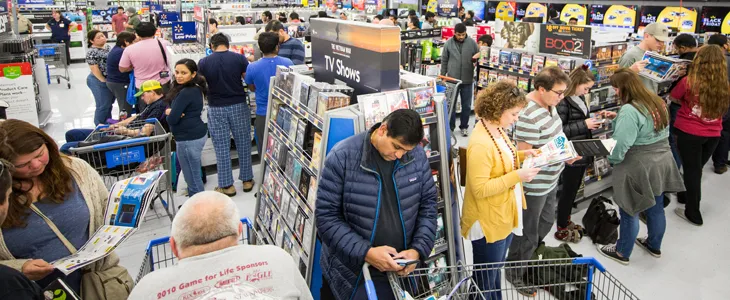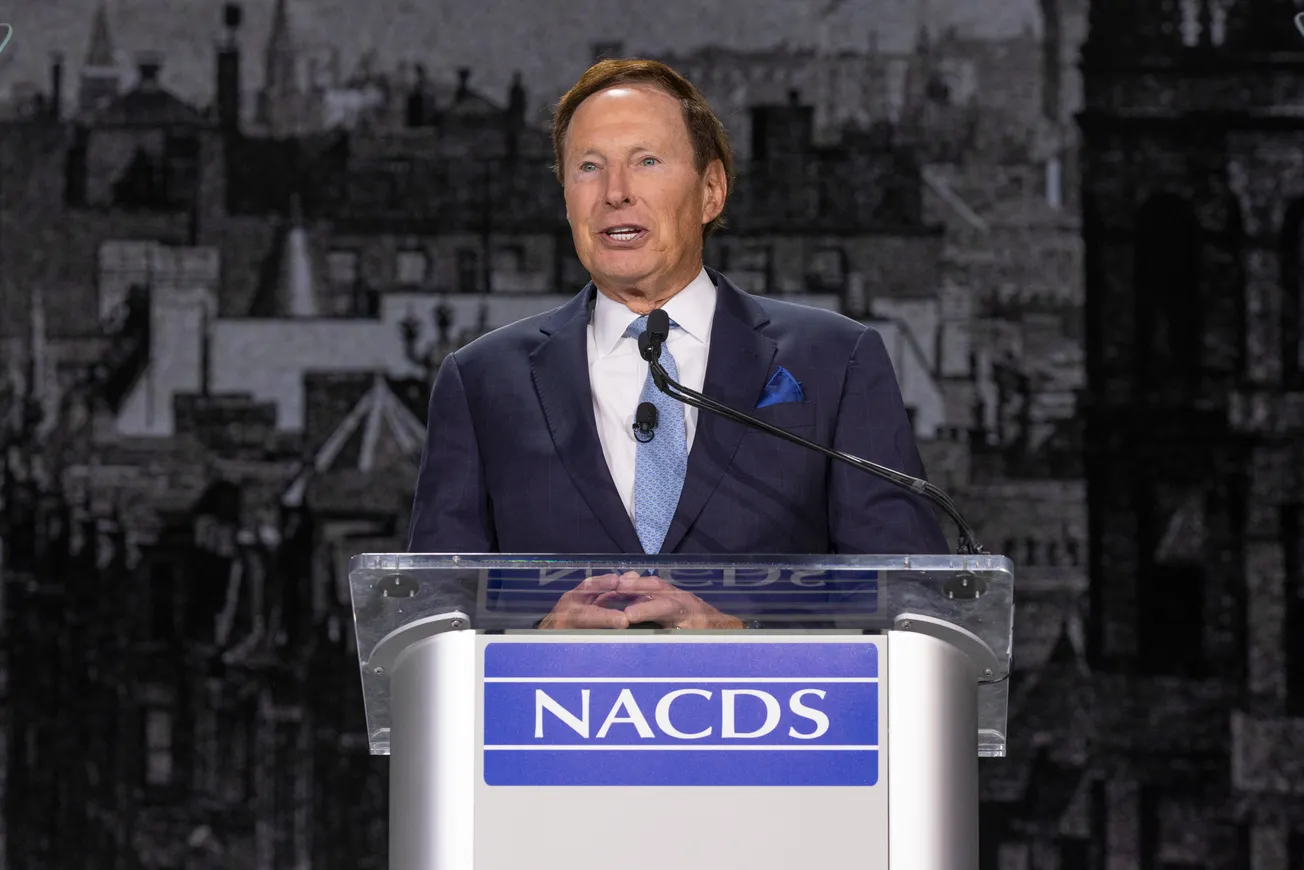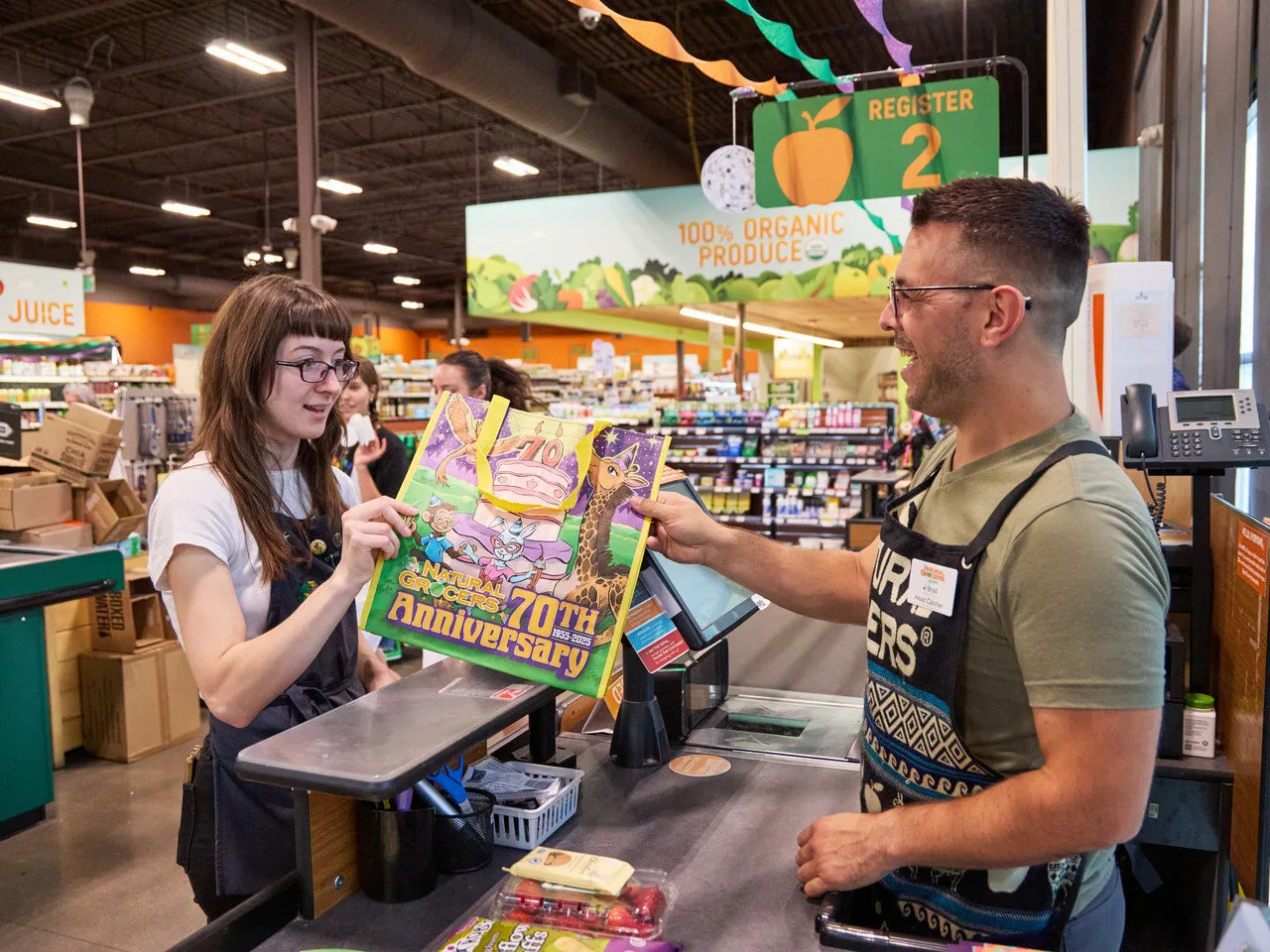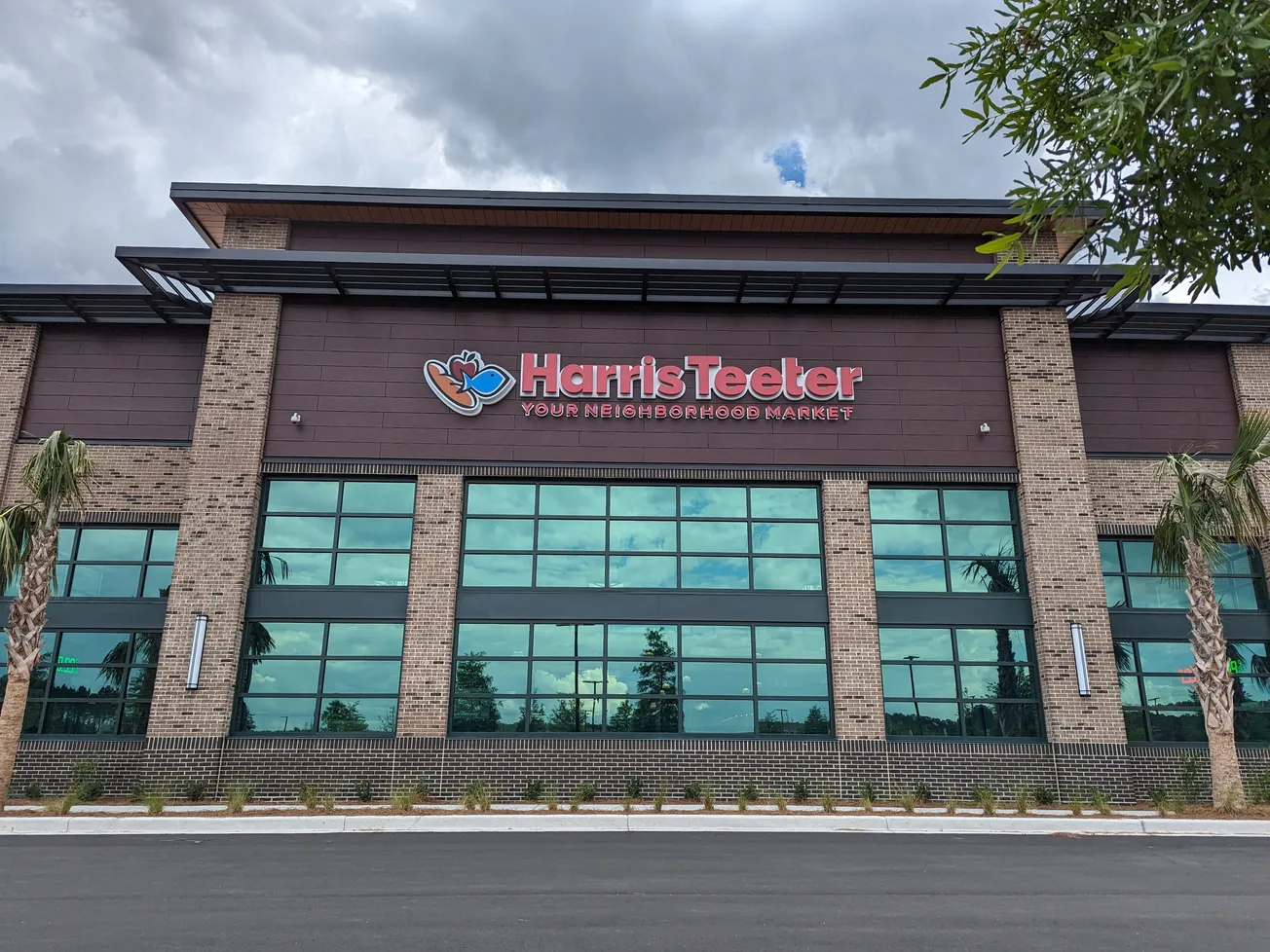WASHINGTON – More than 200 million consumers were in stores or shopping online between Thanksgiving Day and Cyber Monday, according to the National Retail Federation, which cited the record turnout in reiterating its forecast of spending growth in the range of 3% to 4% over the final two months of the year.
“We had a very big weekend; a record-setter,” Matthew Shay, NRF’s president and chief executive officer, said on a media call. Shay attributed the turnout – which exceeded NRF’s pre-weekend forecast of 182 million shoppers over the five-day period — to how consumers are feeling about their finances and the economy as well as the deals retailers were offering.
About 95% of shoppers made a purchase over the Thanksgiving weekend, he said, with an average of $321 spent on what NRF consider “core holiday” categories, including clothing and accessories, toys, gift cards and video games. For the first time, Shay said, personal care and beauty items appeared this year among the five most-popular categories in terms of Thanksgiving weekend sales.
The top destinations were online (44%), grocery stores and supermarkets (42%), department stores (40%), clothing and accessories stores (36%) and electronics stores (29%), according to Phil Rist, executive vice president at Prosper Insights & Analytics, which surveys shoppers on behalf of NRF to gauge intentions and behaviors around the year-end holiday season.
Consumers resilient in face of headwinds
The survey suggests that shoppers this year are resilient in the face of stubbornly high inflation, said Shay. “Substantial savings are still on the sidelines,” he says, due to the historically low U.S. unemployment rate, rising wages and pandemic-era bonus checks.
Retailers were well-positioned to meet the moment, Shay said, by offering great deals and judiciously using limited-time offers to drive spending. “On average, 55% of purchases were specifically driven by sales and promotions, up from 52% last year.” About a third of purchases involved limited-time offers, he said.
“Retailers are paying very close attention to consumer behavior and have planned for the promotions they were prepared to offer,” said Shay, adding that NRF will be closely watching to see whether retailers will feel pressure to divert from planned promotions with late-season markdowns.
Retailers have continued to respond to earlier holiday demand with sales and promotions throughout the season, NRF said. About one-third (35%) shopped specifically in the week leading up to Thanksgiving.
Similar to last year, as of Thanksgiving weekend, the majority (85%) of consumers had started holiday shopping and were about halfway (48%) done so far.
NRF defines the holiday season as November 1 through December, and has forecast that holiday spending is expected to reach record levels of between $957.3 billion to $966.6 billion this year.










